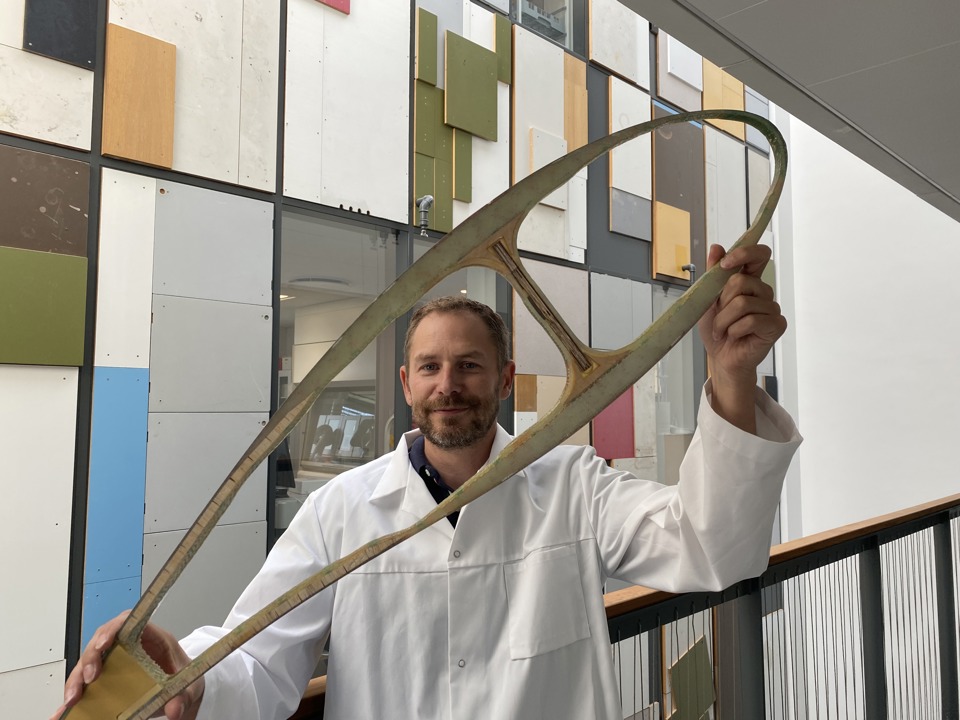In Denmark alone, around 8,000 tons of composite materials used for the blades have been disassembled from old wind turbines. At a global level, the amount is around 1.1 million tons annually; a number that is said to triple over the next 30 years. A large amount of the material that is recycled is deposited or crushed and used as filler, but this only postpones the end problem of how to break down the material into recyclable parts. Associate Professor Morten Enggrob Simonsen explains:
“Current recycling methods include cutting up the blade followed by pyrolysis in which the composite materials from the blades are heated in an inert atmosphere to separate the glass fibers from the resin that holds them together. However, during this process the fibers lose their mechanical strength due to the high temperatures, while the resin is recovered as a pyrolysis oil. Our aim is to find a method that allows us to recycle and reuse both the resin and the glass fibers.”
“We need to look at two major elements of the process: One, to optimize the process for recovering the resin and fibers of the composite materials, as these processes currently happen at relatively high temperatures and pressures, and as such are fairly expensive. And two, to optimize the end products we get from the breakdown process, so we get some new materials – fibers as well as platform chemicals – that are attractive and economically viable for industry to use in new products, otherwise the methods will never be implemented at a large scale,” he adds.
Working on a burning platform
The researchers are currently working on maturing their new, and yet confidential, process. Alongside the maturing of this process, they are also involved in cross-disciplinary collaboration with researchers from the Department of Chemistry and Bioscience, AAU Energy and the Department of Materials and Production.


